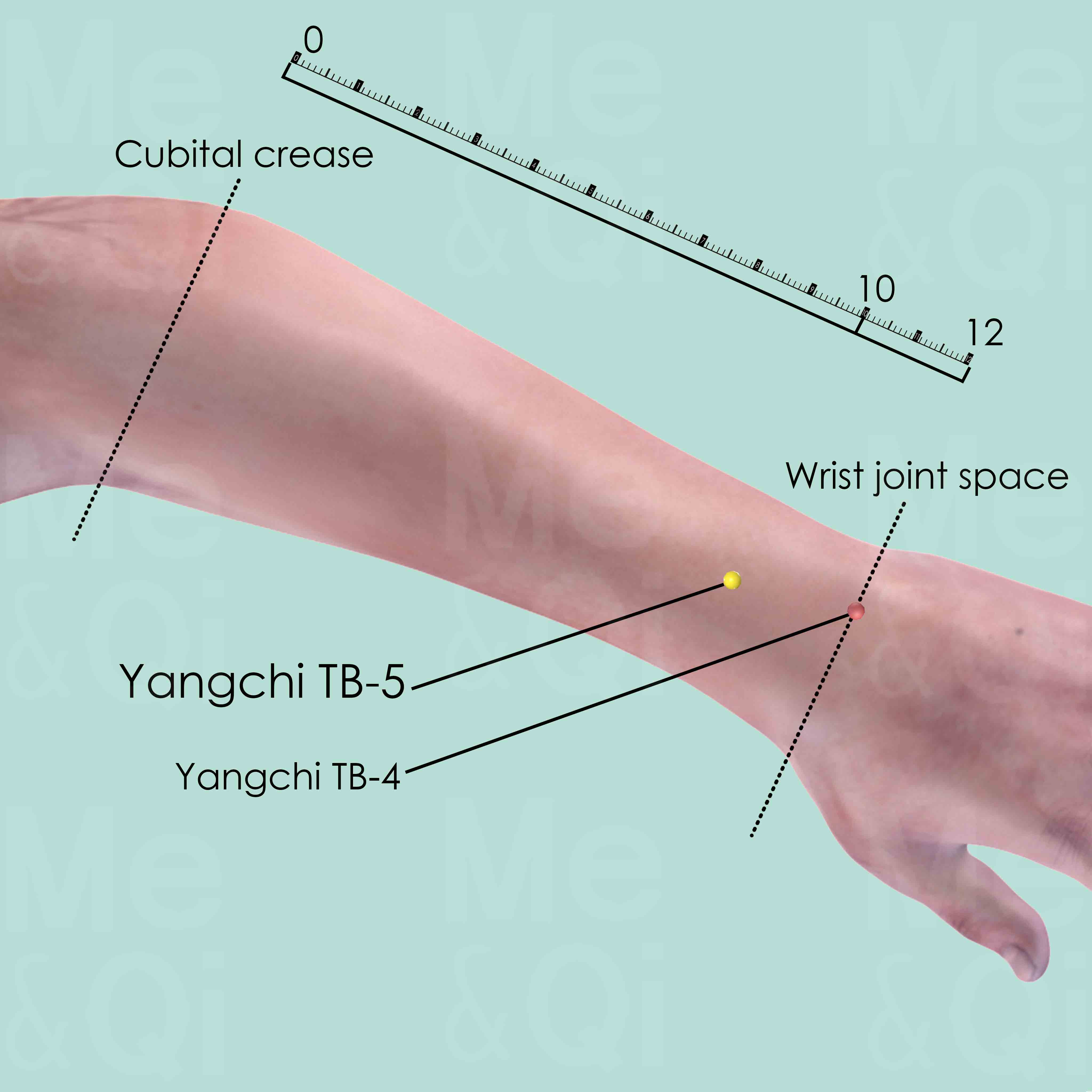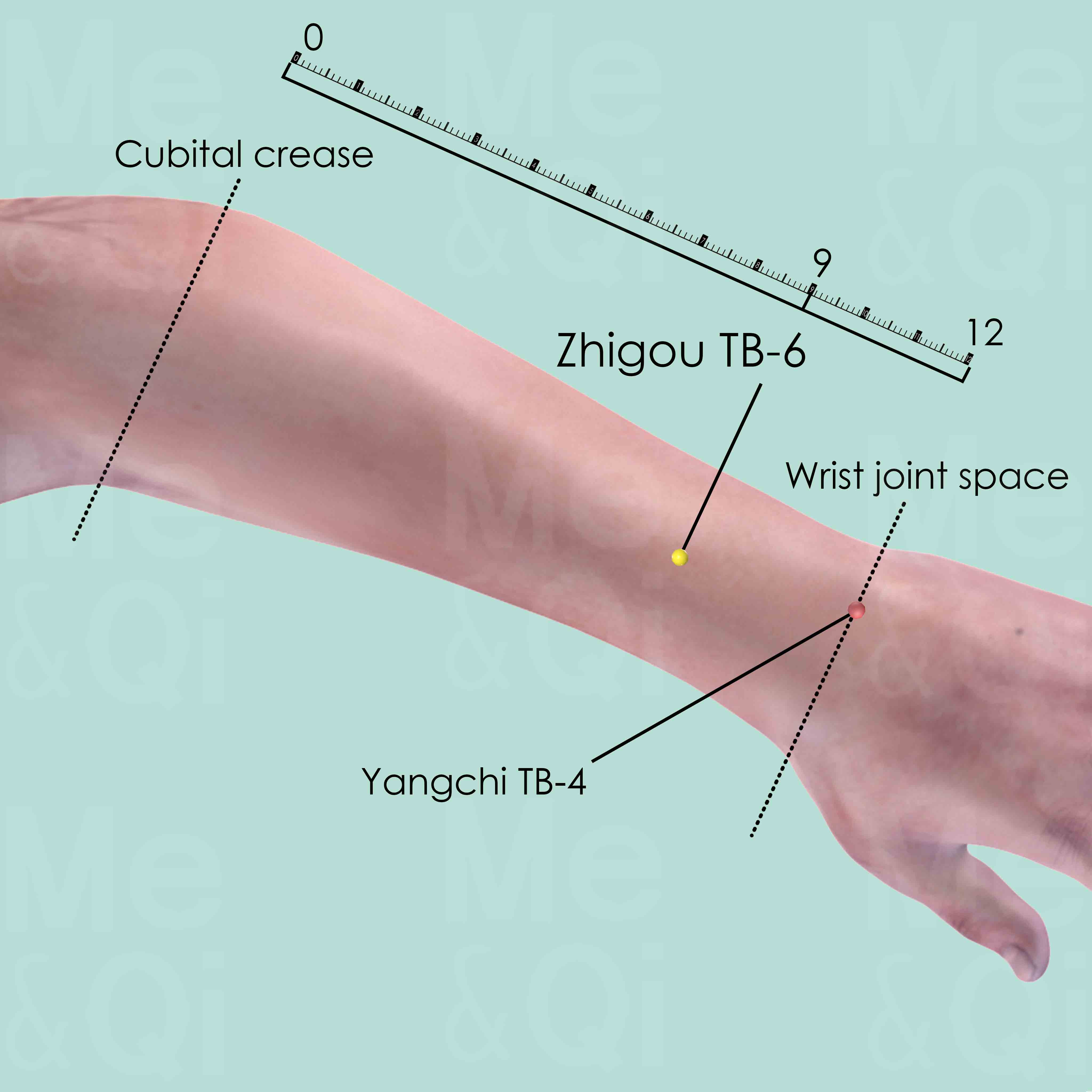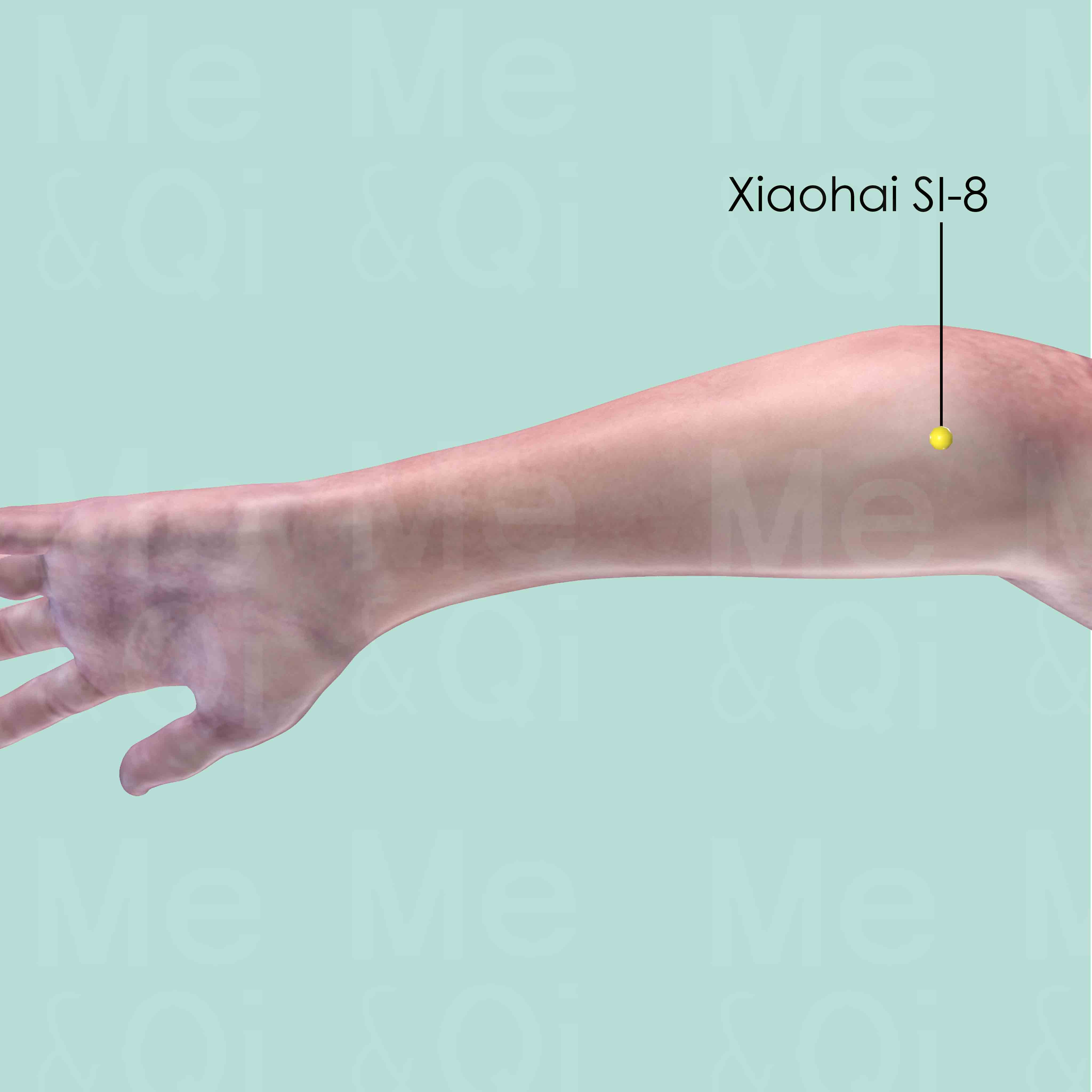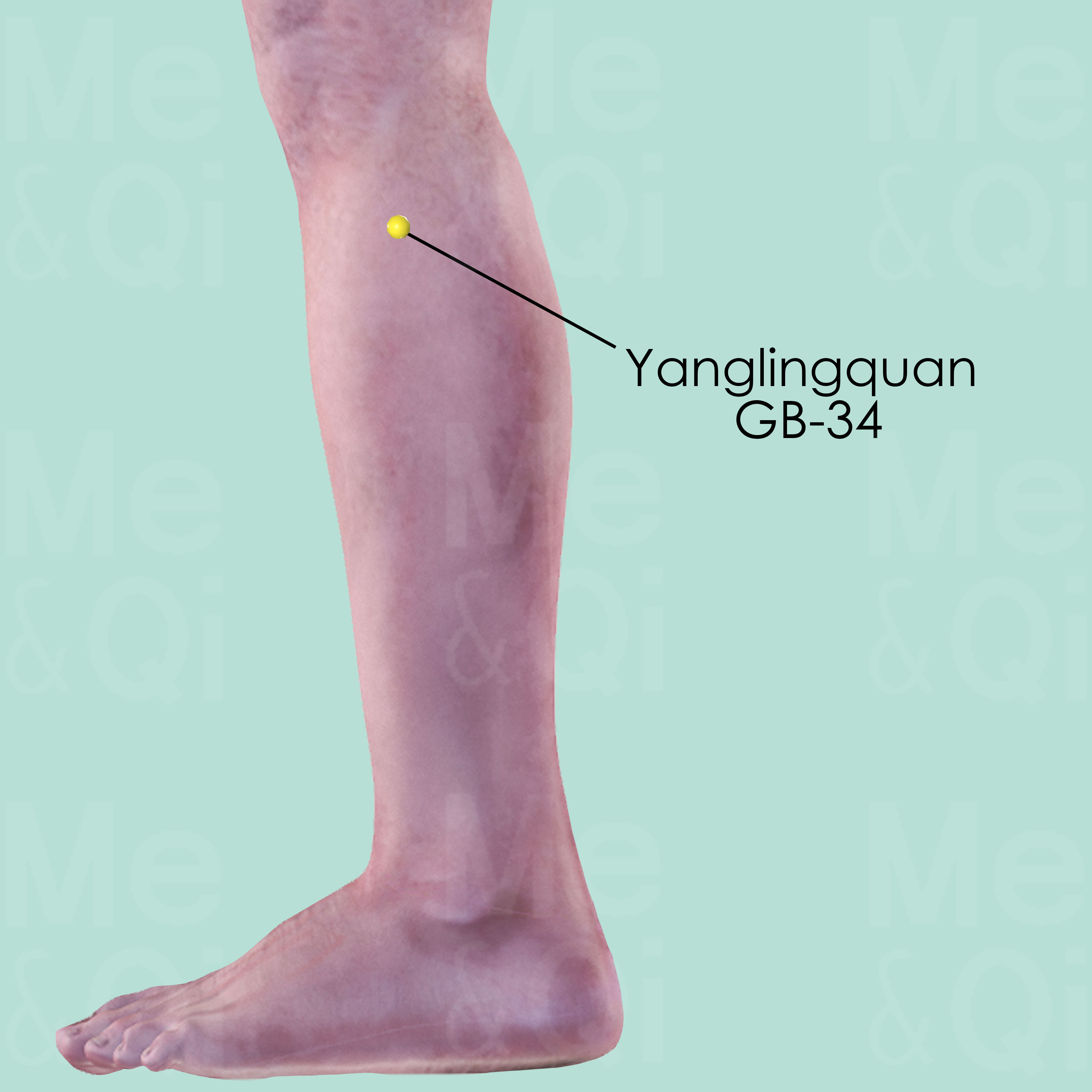Elbow Painaccording to TCM
Symptom families: Joint Pain and Discomfort, Elbow issues
Did you mean? Elbow Stiffness
What is Elbow Pain?
Elbow pain, a common complaint among individuals of all ages, encompasses discomfort in and around the elbow joint. It's a broad term that can describe various sensations, such as aching, sharp pain, or tenderness.
Elbow pain can result from overuse, strain, or underlying medical conditions affecting the joint. It often hampers daily activities, particularly those involving arm movement, and can range from mild to severe.
TCM Perspective on Elbow Pain
In Traditional Chinese Medicine (TCM), elbow pain is viewed through the lens of energy flow and balance within the body. TCM practitioners believe that elbow pain arises when the flow of Qi (vital energy) and Blood through the body's meridians is disrupted.
This disruption can be caused by external factors like injury or internal imbalances such as Qi Stagnation or Blood Stagnation. Unlike Western medicine, which often focuses on the physical aspects of the pain, TCM seeks to understand and treat the underlying energetic disharmonies contributing to the symptom.
TCM Causes of Elbow Pain
TCM identifies several patterns that can lead to elbow pain. One such pattern is Painful Obstruction, which is characterized by joint stiffness and pain in various parts of the body, including the elbows. This condition is often linked to the Stagnation of Qi and Blood, resulting in discomfort and impaired movement.
Another pattern associated with elbow pain in TCM is Dampness invading the joints, leading to symptoms like swelling, a sense of heaviness, and aching pain. In TCM, identifying the correct pattern is crucial for effective treatment, as it guides the choice of therapeutic methods.
Root Causes of Elbow Pain in TCM
Explore below more details about what might cause Elbow pain according to TCM.
TCM Herbal Formulas for Elbow Pain
TCM offers a variety of herbal formulas and individual herbs to address the underlying causes of elbow pain. For patterns like Painful Obstruction, formulas such as Wu Tou Tang, which warms the meridians and disperses cold, are often recommended.
This formula includes key herbs like Prepared Sichuan aconite, known for its ability to dispel wind and dampness, and alleviate pain. The choice of formula and herbs depends on the specific TCM diagnosis, taking into account the individual's overall health, lifestyle, and the nature of their elbow pain.
Acupoints for Elbow Pain
TCM also emphasizes the use of acupuncture in managing elbow pain. Acupoints along various meridians, such as the Triple Burner, Small Intestine, Large Intestine, Lung, and Heart channels, are selected based on their ability to remove obstructions from the channel, regulate Qi, and address specific symptoms.
Points like Huizong ST-7, Sanyangluo TB-8, and Shaohai HE-3 are often used for their effectiveness in easing pain and restoring the smooth flow of Qi and Blood. The precise selection of acupoints is tailored to each individual, ensuring a personalized approach to treatment.
Explore below some TCM herbal formulas used to address elbow pain, organized by cause and by formula type.
- By Formula Type
- Formulas that warm the meridians and disperse cold
- Formulas that dispel wind-Damp
- Formulas that dredge and disperse external wind
Formulas that warm the Meridians and disperse Cold
These formulas are suitable for some elbow pain-causing patterns like Painful Obstruction.
One such formula is Wu Tou Tang, with prepared sichuan aconite as a key herb.
Formulas that dispel Wind-Damp
These formulas are suitable for some elbow pain-causing patterns like Painful Obstruction.
One such formula is Da Fang Feng Tang, with saposhnikovia root as a key herb.
Formulas that dredge and disperse External Wind
These formulas are suitable for some elbow pain-causing patterns like Painful Obstruction.
One such formula is Xiao Huo Luo Dan, with prepared kusnezoffii aconite as a key herb.
Acupoints for Elbow Pain
Explore below some acupoints used to address elbow pain, organized by meridian.
- By Meridian
- Triple Burner Channel
- Small Intestine Channel
- Large Intestine Channel
- Lung Channel
- Heart Channel
- Gall Bladder Channel
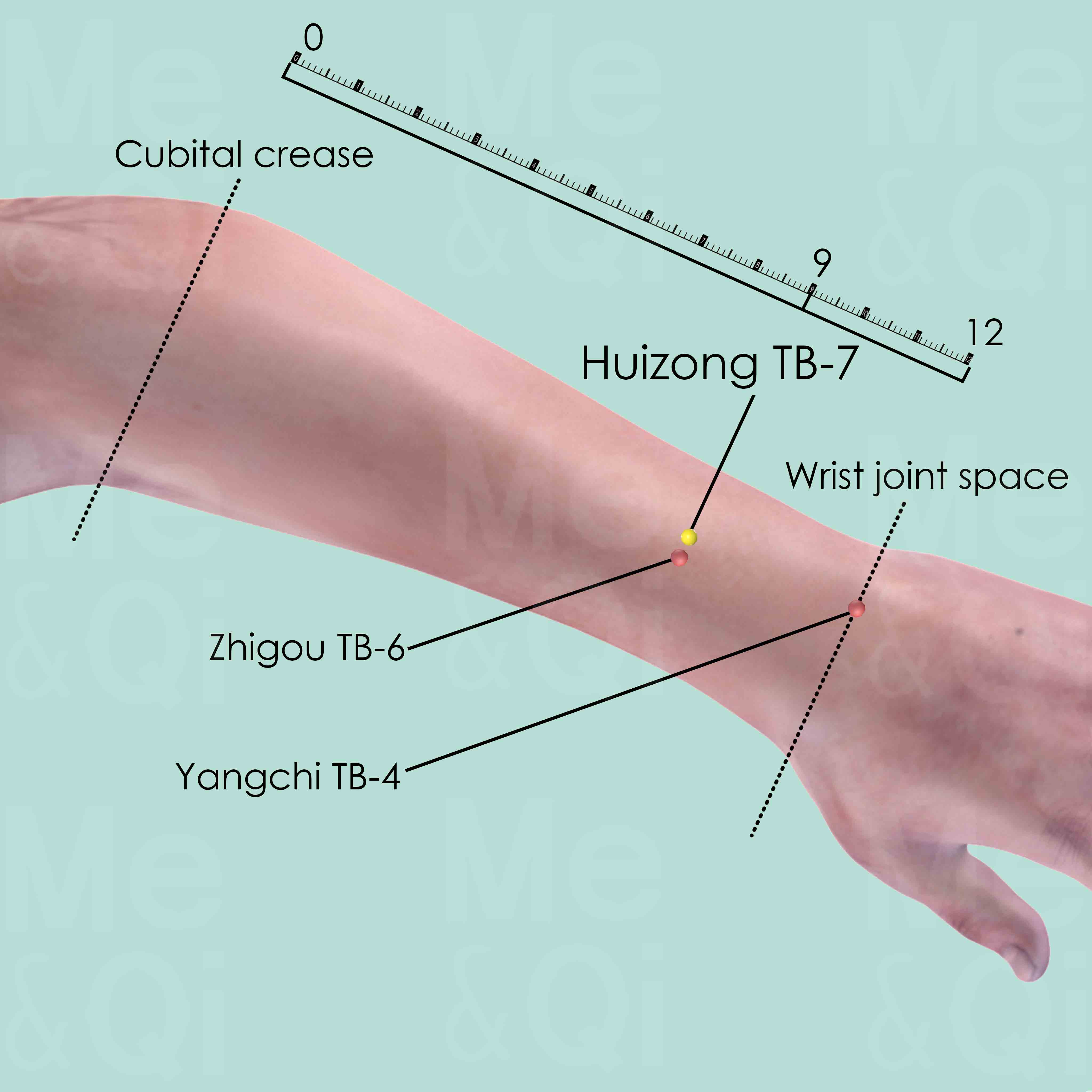
Huizong ST-7
3 cun proximal to the dorsal wrist joint space and 0.5 cun ulnar to the forearm center.
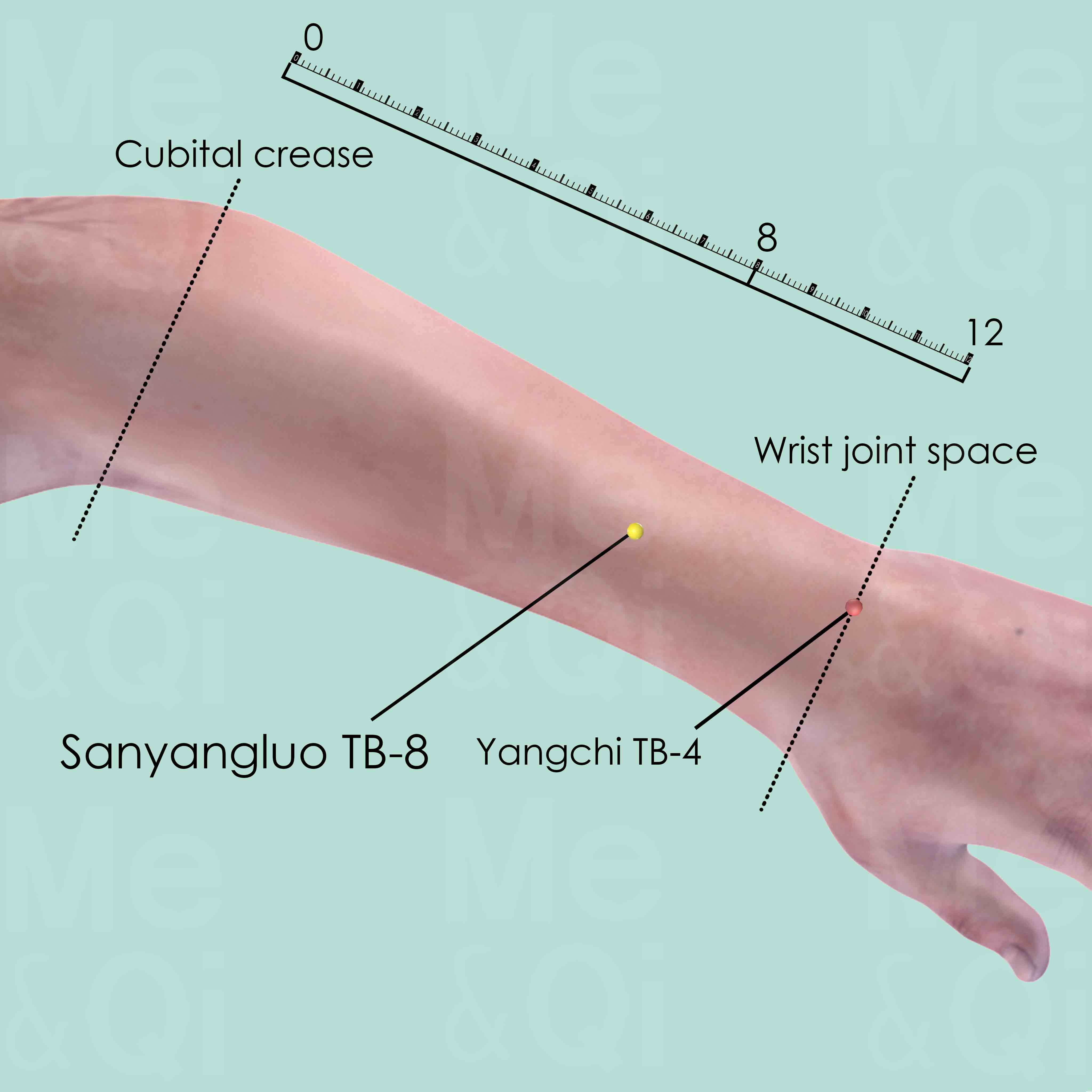
Sanyangluo TB-8
Between the radius and the ulna, 4 cun above Yangchi TB-4, which is on the dorsal wrist joint space.

Shaoze SI-1
On the ulnar side of the little finger, about 0.1 cun posterior to the corner of the nail.
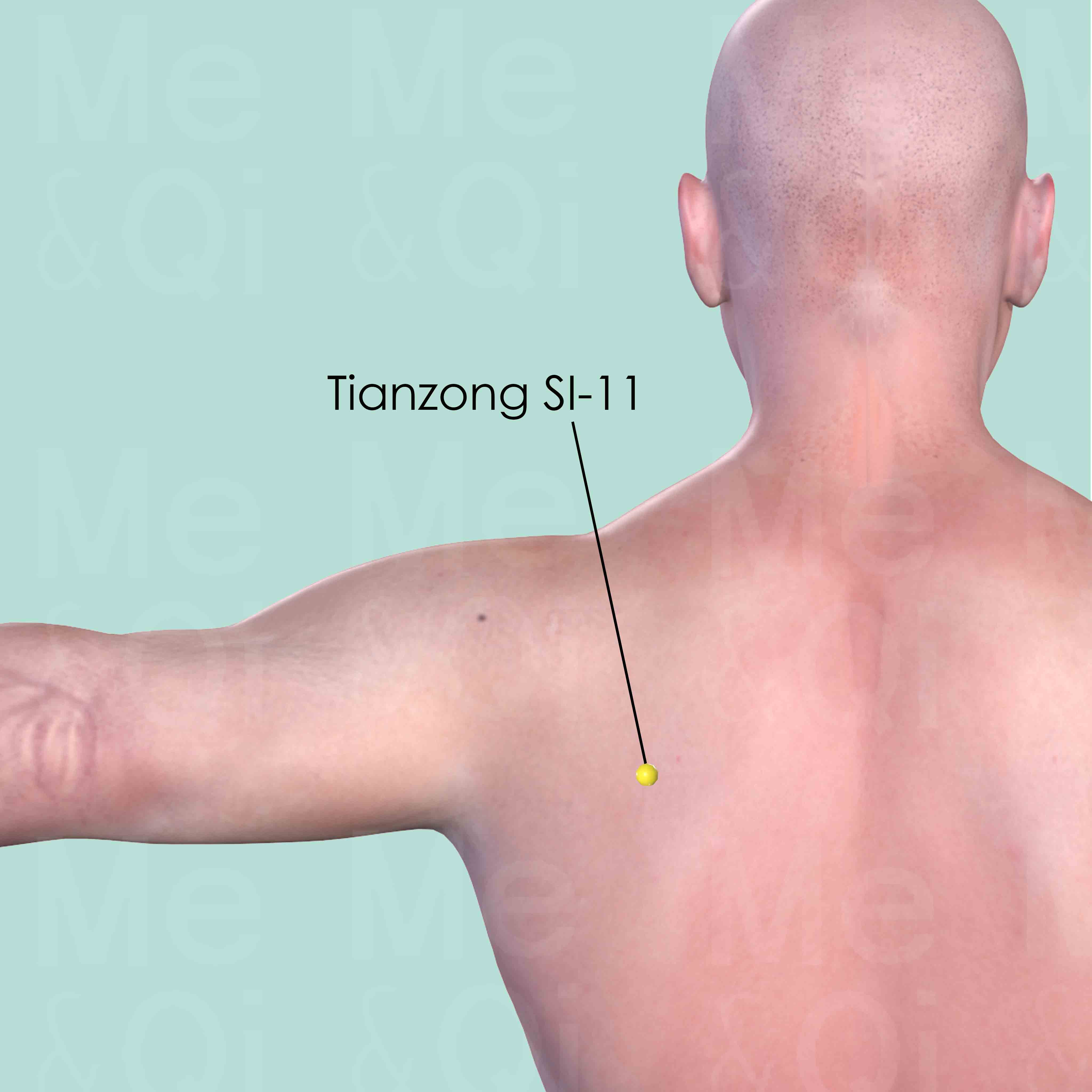
Tianzong SI-11
In the intrascapular fossa, at the junction of the upper and middle third of the distance between the lower border of the scapular spine and the inferior angle of the scapula.
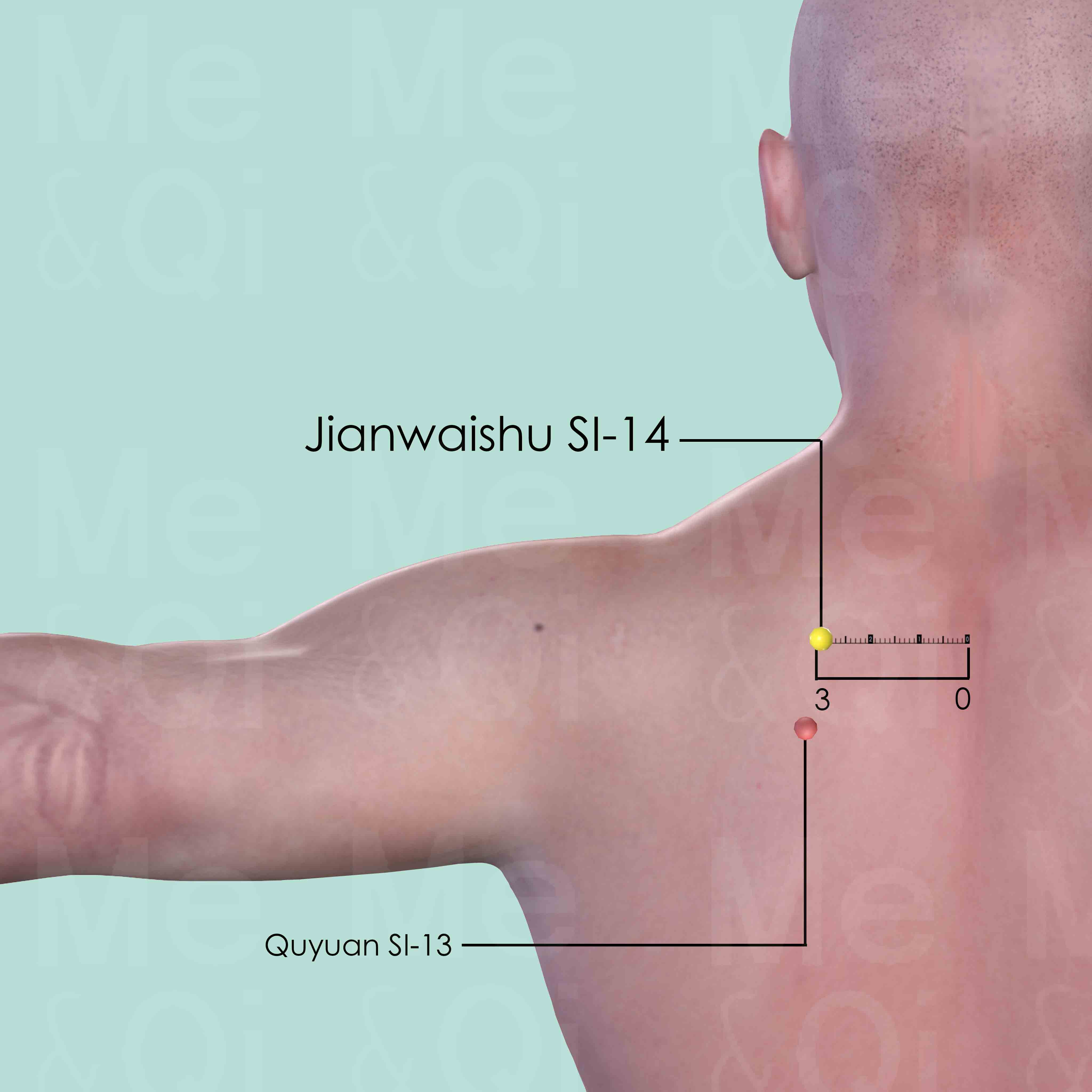
Jianwaishu SI-14
3 cun lateral to the lower border of the spinous process of the 1st thoracic verrtebra (T1), on the vertical line drawn from the levator scapulae muscle.
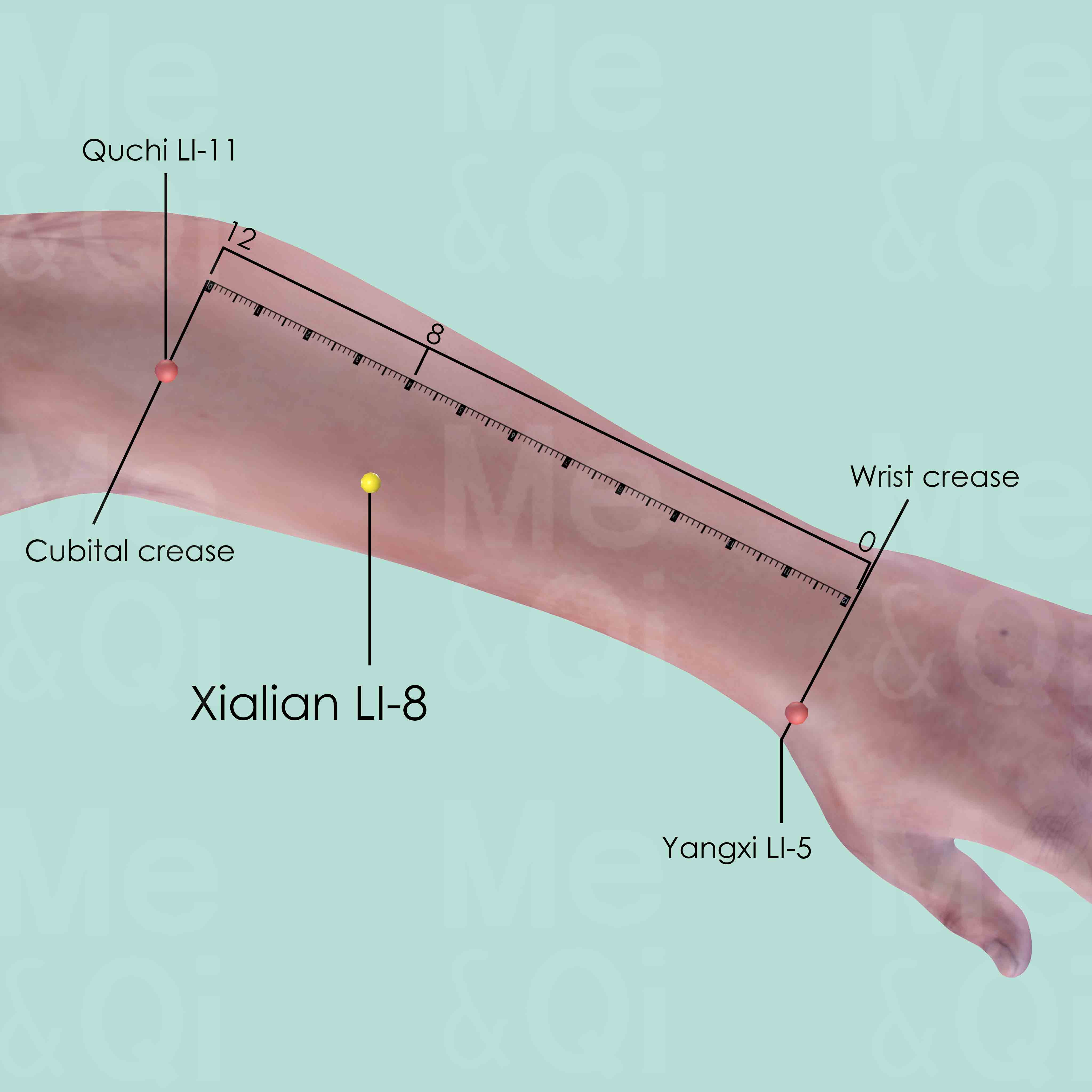
Xialian LI-8
When a fist is made, with the ulnar side downward and elbow flexed, the point is 4 cun distal to Quchi LI-11 of the line joining Yangxi LI-5 and Quchi LI-11.
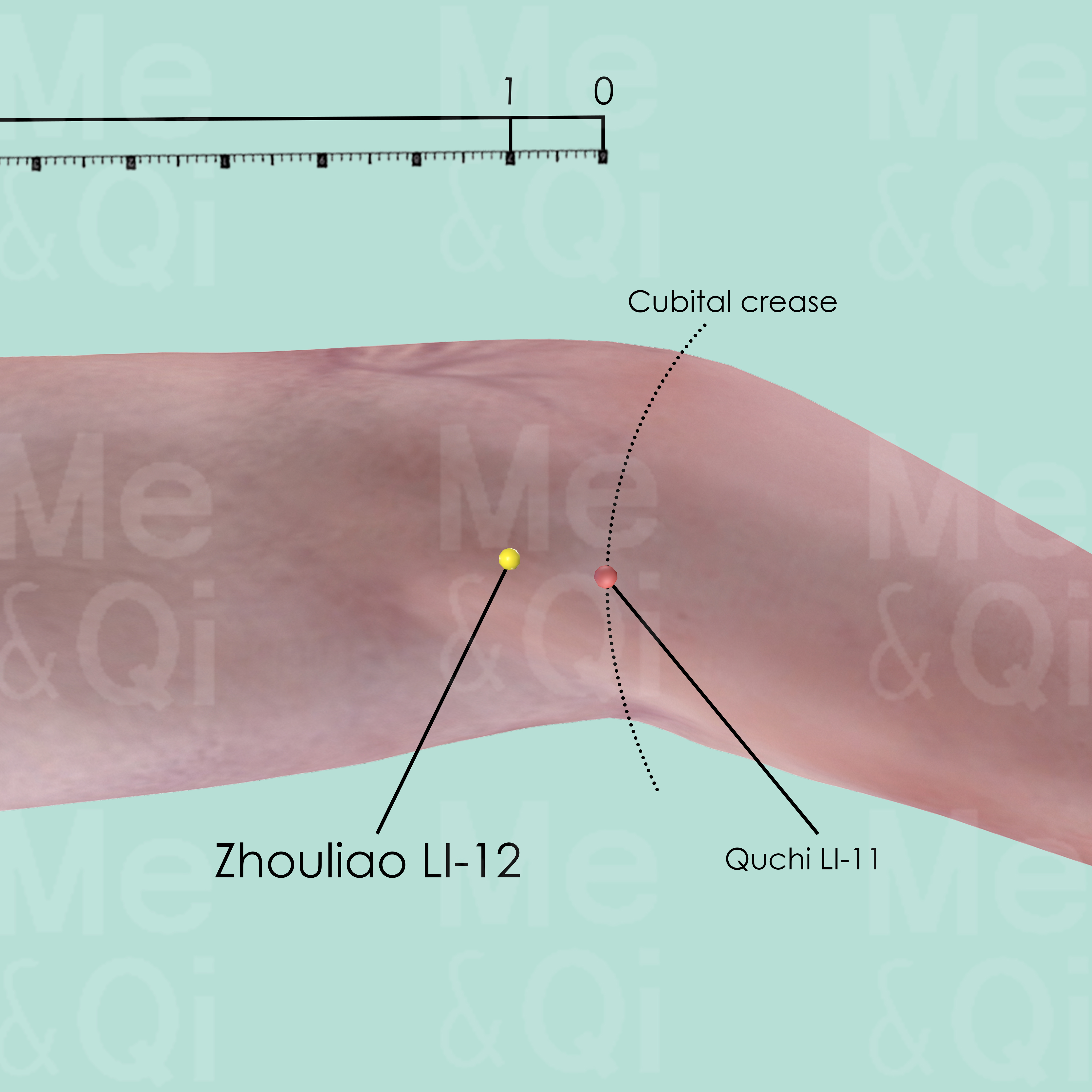
Zhouliao LI-12
When the elbow is flexed, Zhouliao LI-12 is on the anterior border of the humerus, 1 cun proximal to Quchi LI-11 on the lateral end of the cubital crease.
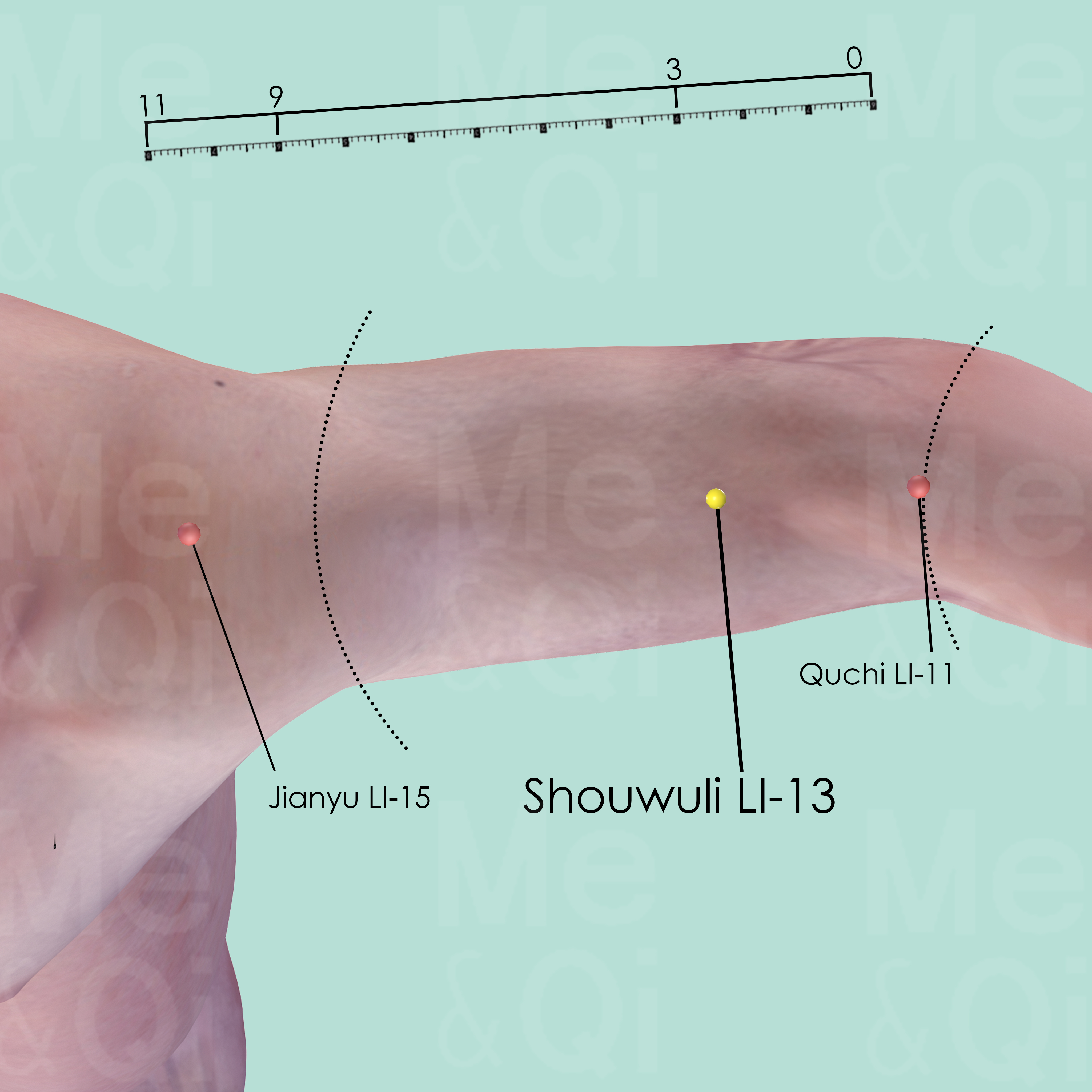
Shouwuli LI-13
Superior to the lateral epicondyle of the humerus, 3 cun above Quchi LI-11, on the line connecting Quchi LI-11 and Jianyu LI-15.
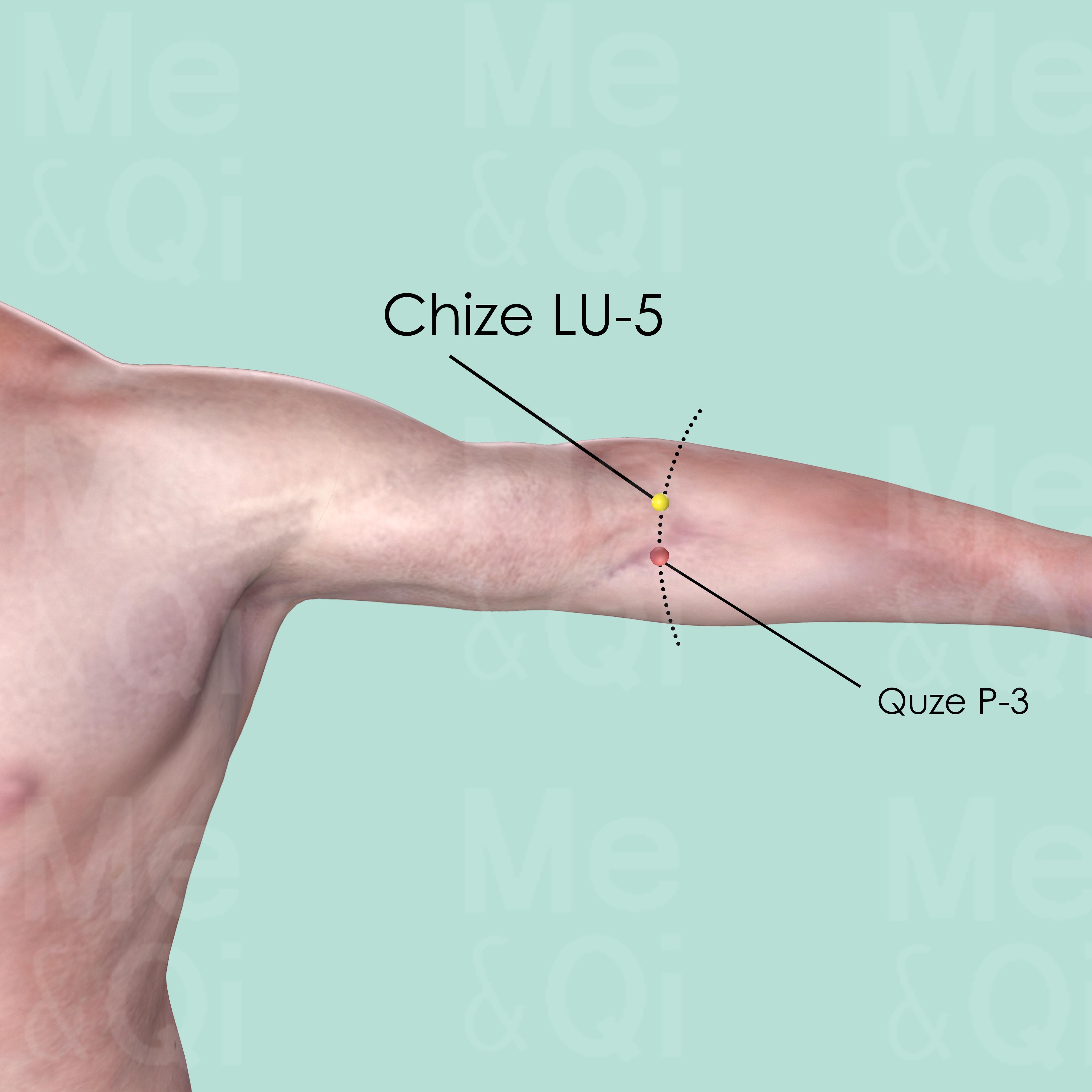
Chize LU-5
On the cubital crease, on the redial aspect of the biceps tendon. It can be easily identified when the elbow is slightly flexed.
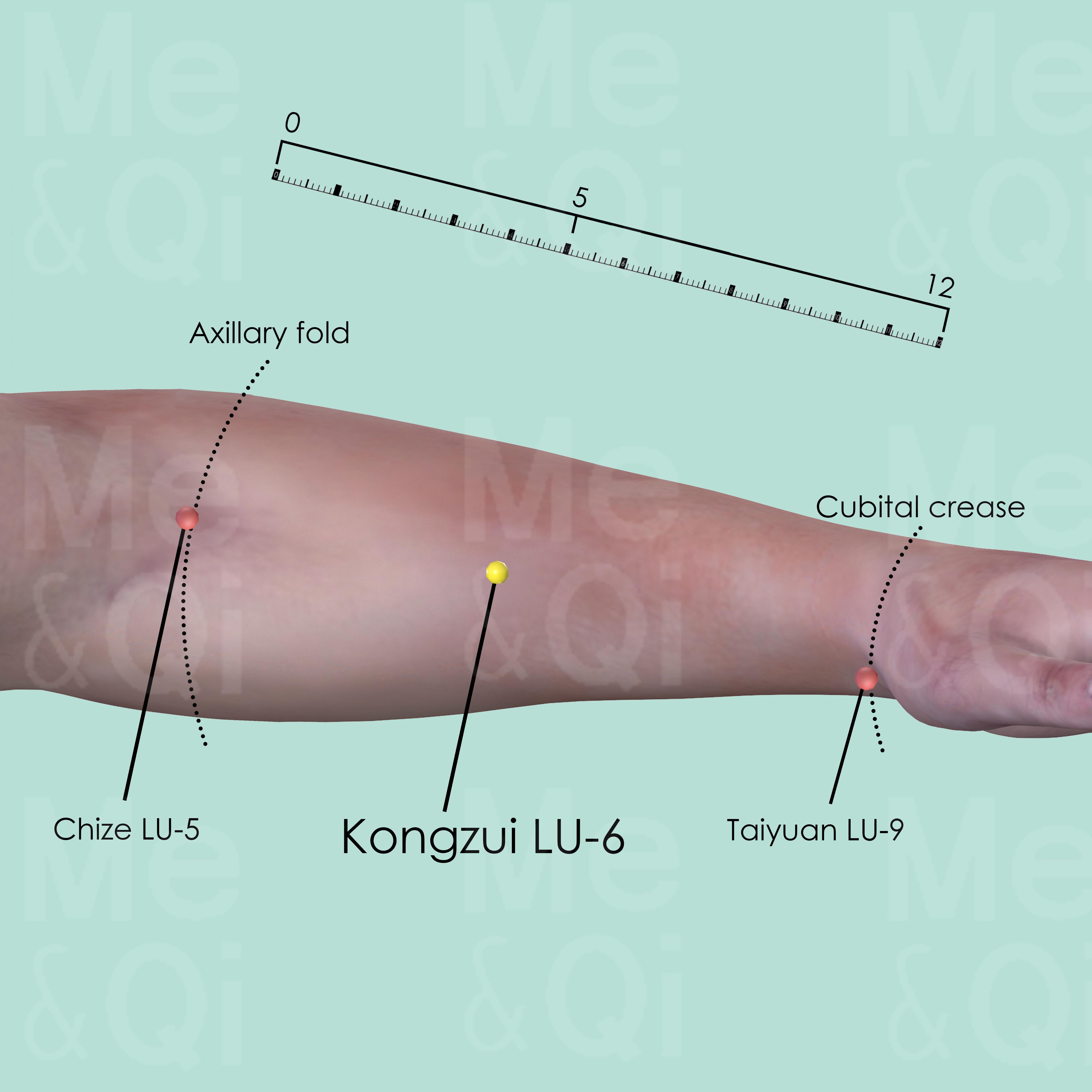
Kongzui LU-6
On the palmar aspect of the forearm, on the line joining Taiyuan LU-9 and Chize LU-5, 7 cun above Taiyuan LU-9.
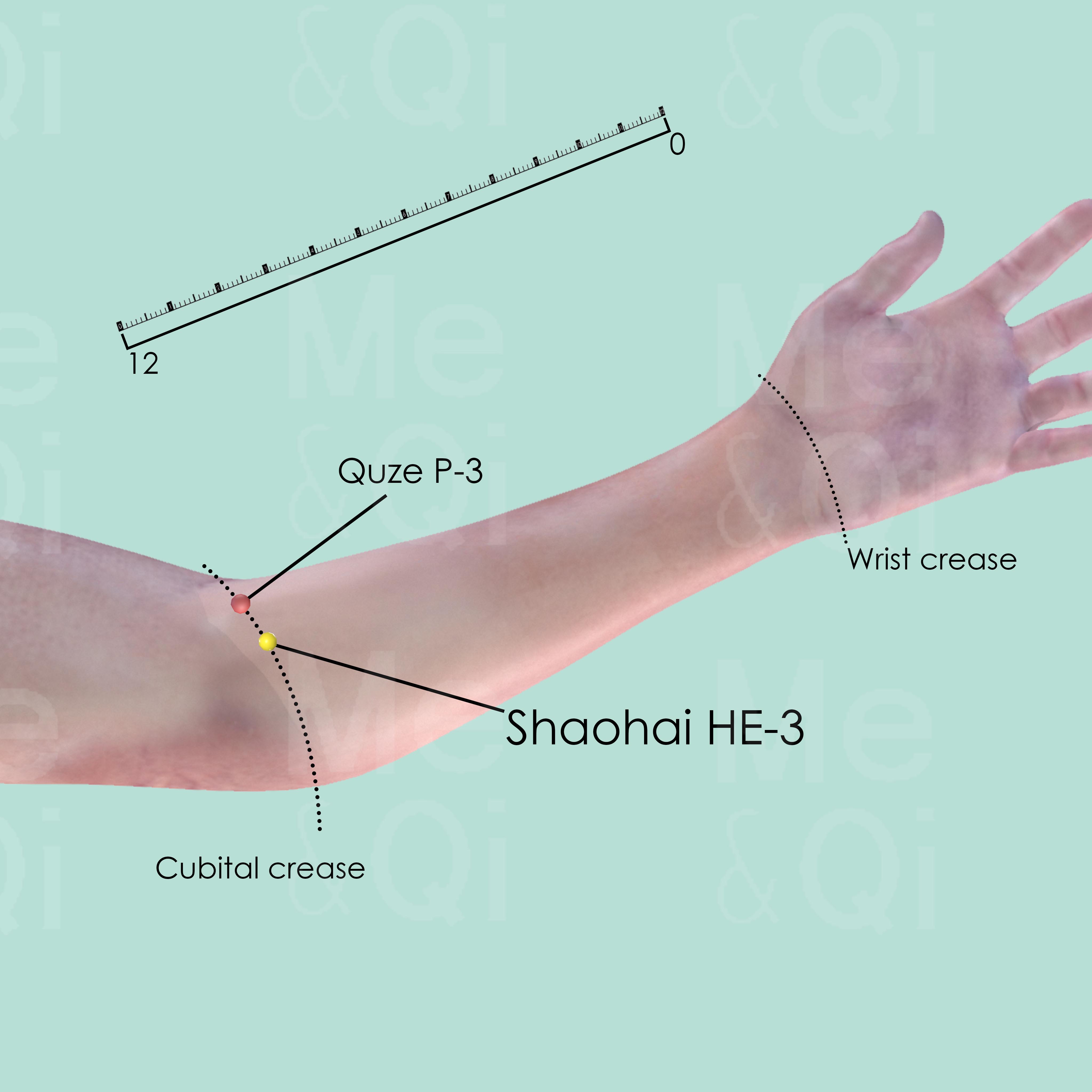
Shaohai HE-3
When the elbow is flexed slightly, Shaohai HE-3 is at the medial end of the transverse cubital crease, in the depression radius to the medial epicondyle of the humerus.

